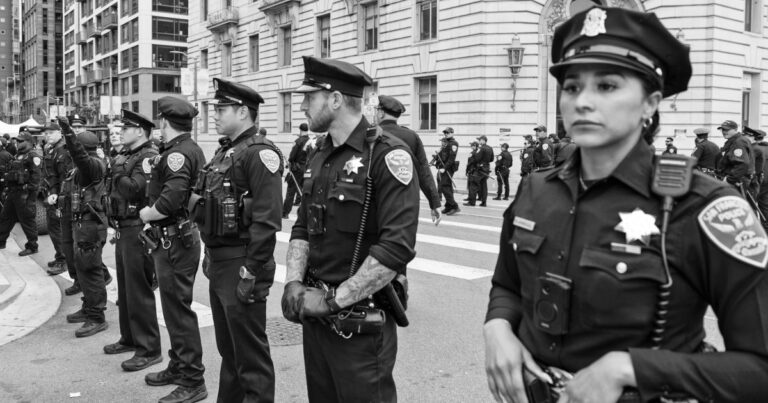Addressing San Francisco’s Police Staffing Crisis for Public Safety
The Urgent Call for Assistance
Recently, a local restaurant manager contacted me regarding a critical incident involving a burglary at Shalimar, a well-loved establishment in the Tenderloin district. After the call, it became evident the surrounding context was dire: at the time of his plea for help, police resources were stretched thin due to a shooting incident nearby, leaving citizens without timely assistance.
A Growing Public Safety Concern
San Francisco is grappling with a significant public safety challenge, largely attributed to a police staffing shortage of approximately 500 officers. This deficiency escalates the difficulty for the police to respond effectively, resulting in prolonged response times for emergencies. For instance, the average 911 response time currently hovers around nine minutes—a concerning statistic when lives may depend on immediate aid.
The Impact of Insufficient Staffing
The lack of adequate police personnel has dire ramifications for community safety. According to recent statistics, the Tenderloin area alone has witnessed a staggering 19% year-over-year increase in burglary incidents and a 77% rise in gun violence. Just five years ago, 30 active beat officers patrolled the Tenderloin; today, the number has dwindled to only four.
Similar trends are observed citywide, where the Special Victims Unit’s workforce has declined from 60 investigators to just 24, coinciding with a rise in domestic violence incidents by 6% and assaults by 3% compared to last year.
Identifying the Root Causes
Understanding the root of this staffing crisis requires an examination of the recruitment process. Last year alone, around 3,000 individuals sought positions within the San Francisco Police Department (SFPD), yet only approximately 10% passed preliminary background checks. Moreover, the current recruitment class is limited to 50 new officers, while the department regularly faces retirements of about 60 officers annually.
Proposed Solutions for Improvement
To combat the staffing crisis, several actionable steps are essential:
- Increase Recruiting Staff: Currently, SFPD employs only four recruiters. Expanding this team to 20 civil servant recruiters could significantly improve candidate sourcing, similar to practices used in the private sector.
- Streamline Hiring Processes: Modifying hiring protocols could drastically reduce the average duration of 255 days from application to hire. By cutting bureaucratic obstacles, the department could expedite onboarding new officers.
- Educational Incentives: Implementing educational reimbursement programs, akin to ROTC models, could attract and retain officers by offering financial support for their education in exchange for a commitment to serve for a specified time.
Immediate Proposals and Future Considerations
This November, voters will face a crucial decision regarding police staffing through Proposition F. If passed, the measure aims to incentivize current officers to delay retirement for an additional five years—an essential step toward resilience in frontline policing in neighborhoods like the Tenderloin.
In the long run, a comprehensive restructuring of hiring protocols and practices is imperative. By ensuring a fully staffed police force, San Francisco can affirm its commitment to maintaining law and order, fostering a safer environment for all residents.



